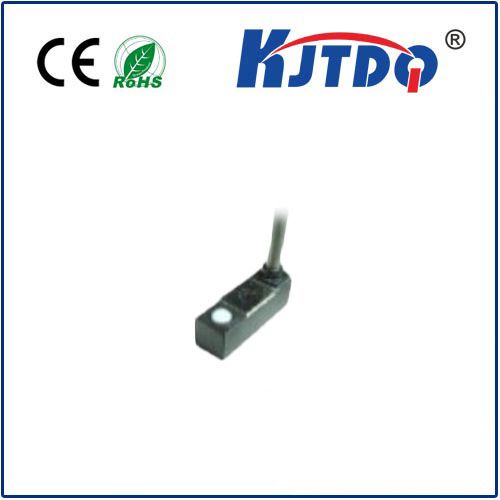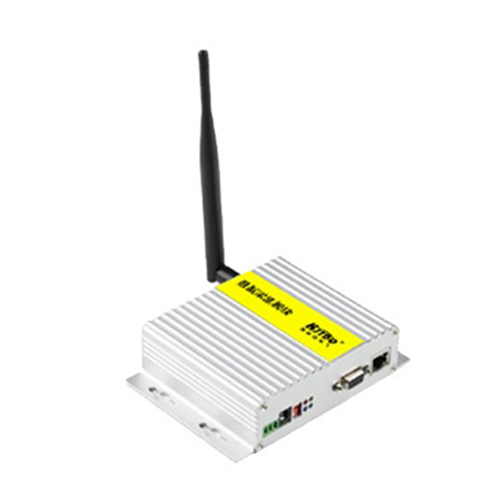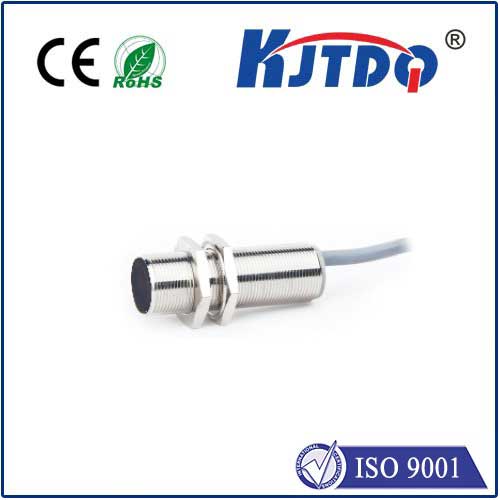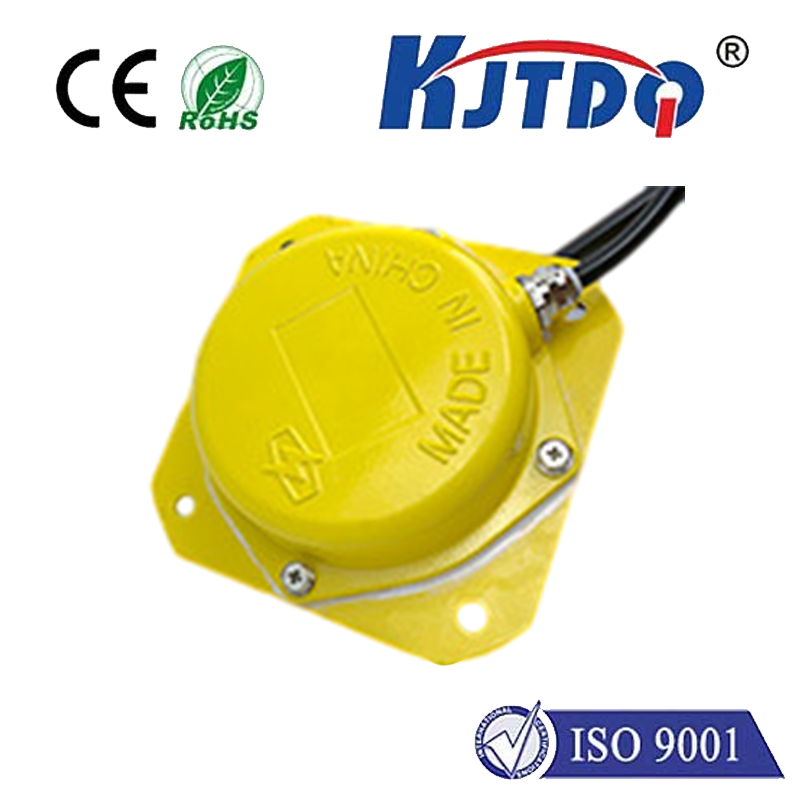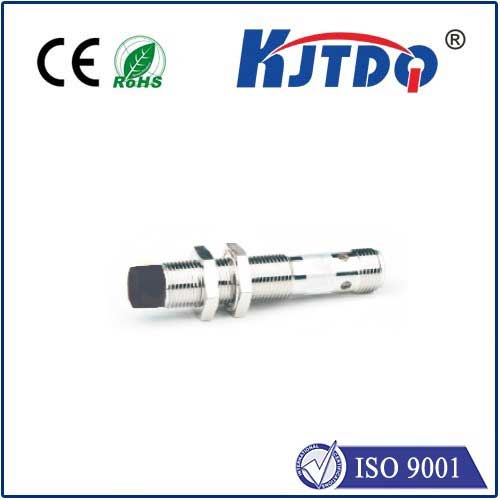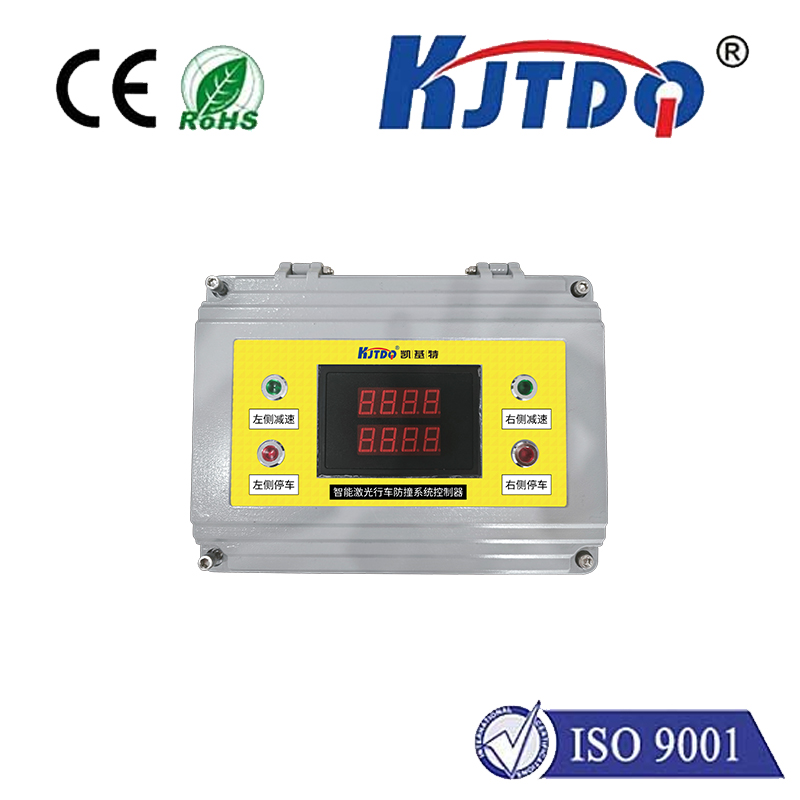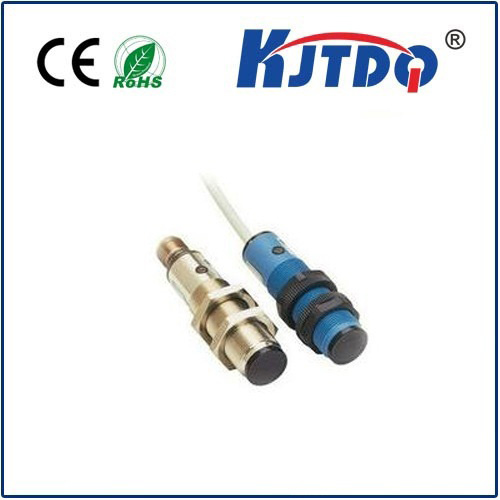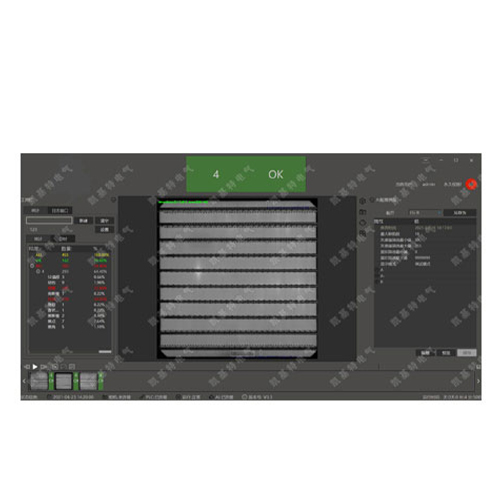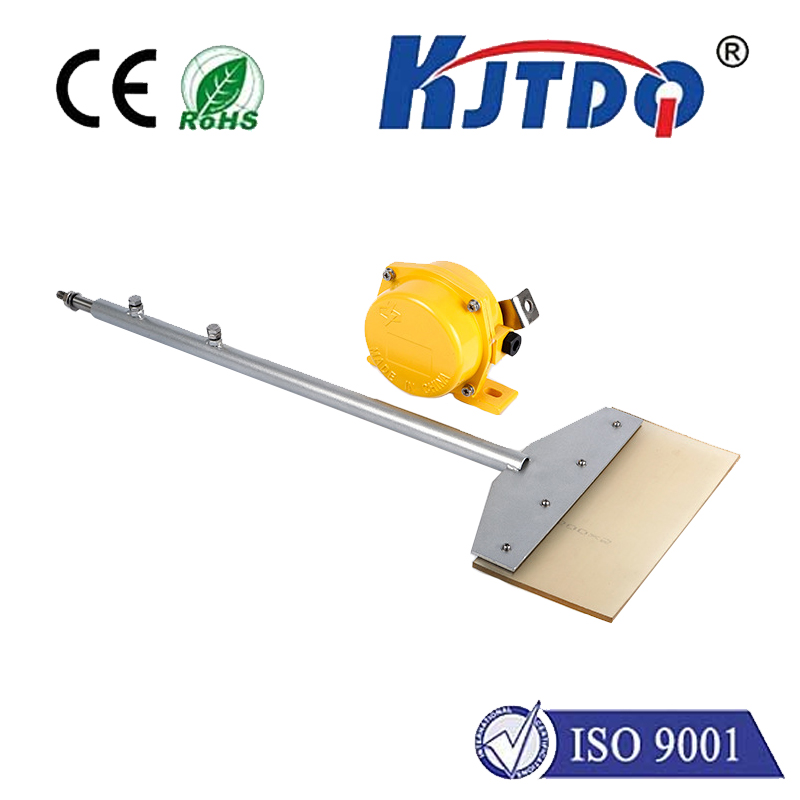

check

check

check

check

check

check

check

check

check

check
Proximity sensors have revolutionized the way we interact with our devices and environments. From tracking the movement of our phones to ensuring the safety of industrial machinery, these tiny devices have become an indispensable part of modern technology. However, as the demand for more advanced and reliable proximity sensors continues to grow, the need for stronger and more efficient proximity sensors has also emerged. In this article, we will explore the advancements, applications, and challenges in developing stronger proximity sensors that can meet the demands of today's technological landscape.
Advancements in Proximity Sensor Technology
The development of stronger proximity sensors is largely driven by improvements in sensor technology. One major advancement is the use of microelectromechanical systems (MEMS) to create sensors on a small scale. MEMS sensors are based on three-dimensional structures made from silicon and other materials, which enable them to be much smaller and more compact than traditional mechanical sensors. Additionally, the use of integrated circuits (ICs) has allowed for the integration of multiple components into a single device, further reducing the size and complexity of proximity sensors.
Applications of Stronger Proximity Sensors
Stronger proximity sensors have a wide range of applications across various industries. In the manufacturing sector, these sensors are used to ensure the safety of workers by detecting the presence of hazardous materials or equipment. In the automotive industry, proximity sensors are used to monitor the position and movement of vehicles, helping to improve fuel efficiency and reduce emissions. In the healthcare industry, proximity sensors are used to track vital signs and monitor patient conditions without requiring physical contact. Furthermore, proximity sensors are increasingly being used in consumer electronics such as smart homes and wearable devices to enhance user experiences.
Challenges in Developing Stronger Proximity Sensors
While stronger proximity sensors offer numerous benefits, their development also presents several challenges. One major challenge is maintaining reliability and accuracy in harsh environments where traditional sensors may fail. This requires the development of sensors that can withstand extreme temperatures, humidity levels, and other environmental factors. Additionally, improving power consumption is another challenge, as stronger sensors often require more power to operate effectively. This not only increases the cost but also reduces battery life in devices that rely on these sensors. Lastly, developing robust security features is crucial to prevent unauthorized access and protect sensitive data.
Conclusion
As technology continues to advance, the demand for stronger and more efficient proximity sensors will only continue to grow. The development of new sensor technologies such as MEMS and ICs holds promise for creating even more powerful and versatile proximity sensors. Nevertheless, overcoming the challenges posed by harsh environments, power consumption, and security will require ongoing research and innovation. With these advancements, it is likely that we will see even greater innovations in the field of proximity sensing in the years to come.
